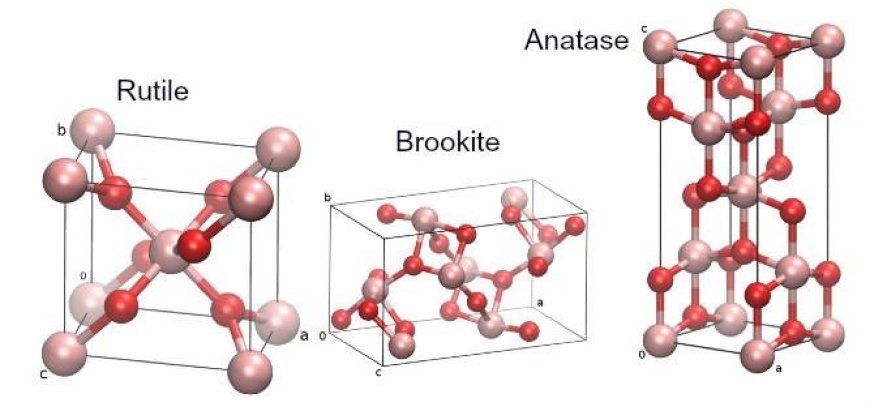Understanding Titanium Dioxide Anatase: A Comprehensive Overview

Titanium dioxide anatase is a mineral form of titanium dioxide (TiO2) that holds significant industrial importance due to its unique properties and diverse applications across various sectors. This article aims to delve into the characteristics, uses, production methods, and environmental considerations associated with titanium dioxide anatase, offering a thorough exploration of its role in modern industries.
Characteristics of Titanium Dioxide Anatase
Titanium dioxide anatase is distinguished by its crystal structure, which differs from another common form, rutile. Anatase crystals are tetragonal, exhibiting a higher surface activity and different optical properties compared to rutile. These crystals are typically smaller and more reactive, making them suitable for specific applications where surface reactivity is advantageous. The unique arrangement of atoms in anatase provides it with photocatalytic properties, which find use in environmental and industrial applications.
Applications Across Industries
The versatility of titanium dioxide anatase ensures its widespread use across several industries. In paints and coatings, it serves as a pigment due to its bright white color, excellent UV resistance, and durability. The cosmetic industry utilizes it in sunscreen formulations for its ability to reflect and scatter UV radiation effectively, protecting the skin from damage. Additionally, anatase is crucial in the production of ceramics, where it enhances opacity and improves glaze adhesion. Its photocatalytic properties also enable applications in environmental remediation, such as water purification and air filtration systems.
Production Methods and Technologies
The production of titanium dioxide anatase involves several techniques, with the sulfate process being one of the most common. This method begins with the extraction of titanium ore, typically ilmenite or rutile, followed by chemical processing to convert the ore into titanium dioxide. Anatase formation occurs under specific conditions of temperature and pressure, influencing the crystal structure and purity of the final product. Advanced technologies continue to evolve, aiming to enhance production efficiency while minimizing environmental impact through cleaner processes and reduced waste generation.
Environmental Considerations and Sustainability
Despite its wide-ranging applications, titanium dioxide anatase poses environmental challenges, primarily related to its production processes and waste management. The sulfate process, while efficient, generates sulfuric acid and solid waste products that require careful handling and disposal to prevent environmental contamination. Efforts are underway to develop greener production methods and recycling strategies to mitigate these impacts. Additionally, the photocatalytic properties of anatase are harnessed in eco-friendly applications such as self-cleaning surfaces and air purification systems, contributing to sustainability efforts in urban environments.
Conclusion
Anatase tio2 pigment stands as a pivotal material in various industries due to its unique properties and versatile applications. From enhancing the durability of paints to protecting human health through UV-blocking properties in sunscreens, anatase continues to demonstrate its indispensability. As technology advances, so too will our understanding of how to harness its potential while minimizing its environmental footprint. By exploring its characteristics, applications, production methods, and environmental considerations, we gain insight into the intricate role of titanium dioxide anatase in shaping modern industrial practices and sustainability efforts.
What's Your Reaction?
























